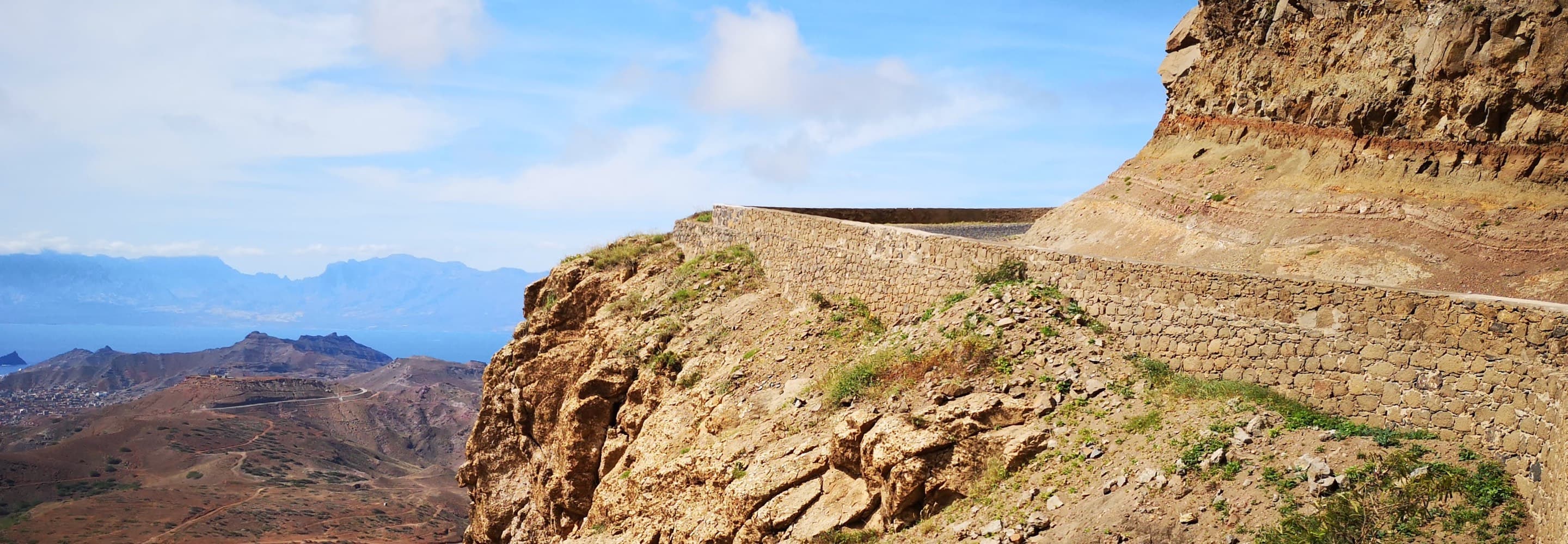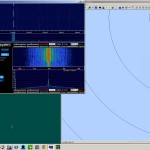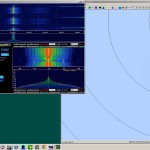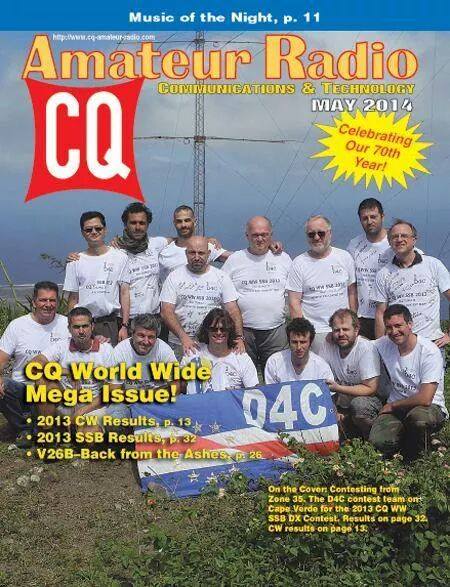After the exceptional 4500+ Km copy on 2M by PJ4VHF of our beacon D4C/B at 144.436, we are now collecting information to improve our beacons using more technology.
We receive an interesting e-mail from EA8FF – Mark regarding tropo conditions from D4 to EA8 and any possible compare using his sophisticated rig:
“I had a telephone call from EA8TX the day that D4C was received in the Caribic ( I didn’t know that
there was a beacon in D4). I put an corroded 7 ele yagi up that was lying on the roof for more than
15 years and connected to an IC275H which I found under loads of dust and got D4C/B with the s-meter at end stop. At a certain moment I disconnected the antenna and still heard D4C/B abt 25 db
above the noise.
This to say that tropo propagation in West Africa can be extreme.
I have been listening to D4C/B for about a month now and the signal has allmost never disapeared,
maybe 30 minutes in a month time.
Today tropo condx were bad, it was even raining here yesterday, so I made 2 screenshots showing
the reception of AIS by shipplotter on the right and D4C/B on the left. This morning there was no DX
on AIS, but the D4C/b was still 40 dB above noise.
This evening the Mindaloo AIS beacon was showing from time to time and D4C/B was 50 dB above noise.
My point is that AIS is a good system to monitor propagation in case there is nothing else, but WSPR
is a much better system if you have people on the other end. I think there is more than 30 dB
advantage between the 2 systems……”
We have no experience in those kind of systems to study tropo, so we appreciate any hints in this direction…
The story keeps rolling…







Why not using WSPR and its integrated reporting to wsprnet.org capability ?
73
Larry – F6FVY
Hello!
Bear in mind that WSPR on VHF requires a TCXO as it has high demands on
QRG stability.
In my opinion, PI4 (http://www.oz7igy.dk/pi4/) seems to be
more applicable for such a fantastic beacon.
73, Werner / oe2wpo
Thank you Werner for the hint. We will look into the matter and definitely consider this option in our current discussions.
73 , Andrea